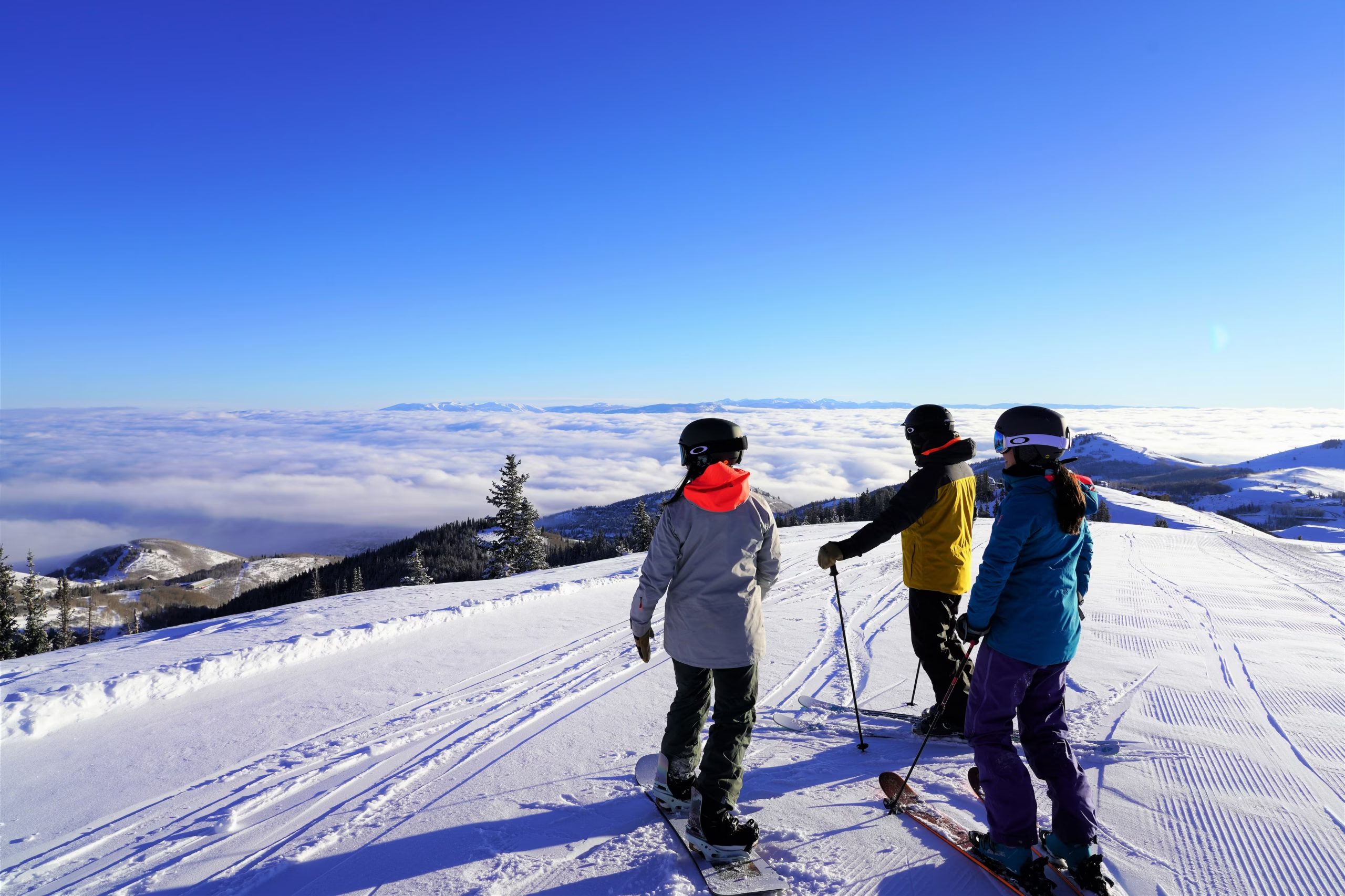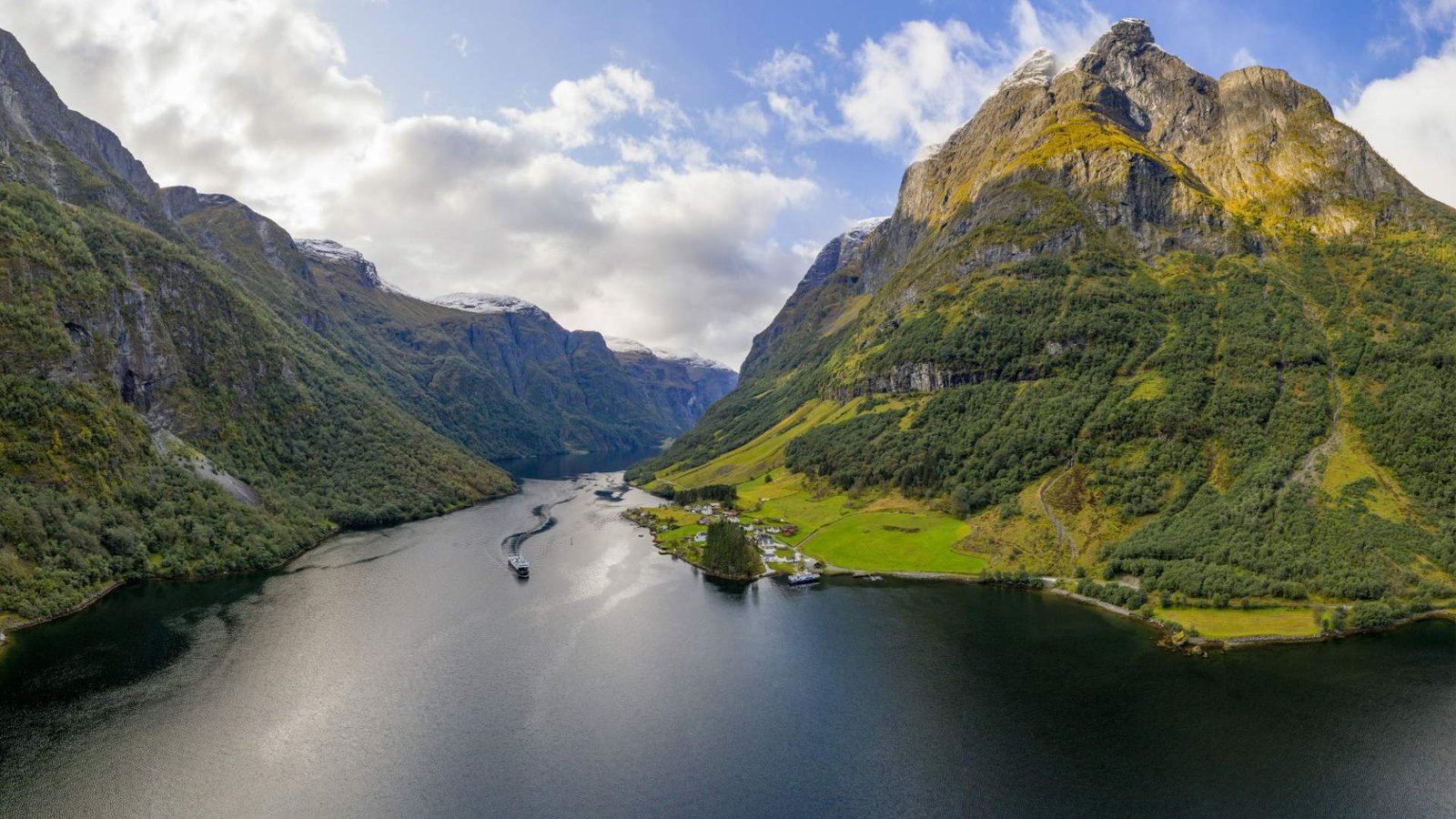Black bear vs grizzly bear: which one is which? If you’re interested in doing any black bear hunting, chances are you will want to know the difference between a black bear and a grizzly bear. There are severe consequences for a mishap of shooting a grizzly rather than a black bear. Going off of fur color is not a sure way of telling a black bear from a grizzly. Black bears are not only black, but often they are brown and different shades of brown!
Black bears and grizzly bears are two of the most iconic and recognizable animals in North America. While they may look similar at first glance, there are several key differences between these two bear species. Learn how to tell them apart and discover their unique features and behaviors in the wild.
Here are a few different ways to tell the difference {{black bear vs grizzly bear}}
Claws
Yes, you read that right. Claws are a really good way to tell a black bear from a grizzly bear. Grizzlies are diggers, while black bears are climbers. They each have sets of claws to assist with these actions. Grizzlies have very long claws to assist them in digging for food. Black bears have shorter curled claws to help with tree climbing. You can even tell what kind of claws they have based on their tracks. A grizzly track will have claw marks further out from its track, while black bears' claw marks will be much closer to their toes.
Ears
Ears are a very common way to tell the difference between bears. Black bears have very distinct ears and sometimes have a Mickey Mouse look to them, though almost pointier. They have tall ears that can look big at times, especially on young bears. Grizzly bears have shorter rounded ears.
Read More: 4 Ways to Maximize Your Black Bear Harvest
Shoulder Hump
Shoulder humps are not a surefire way of telling the difference between two bears. The majority of the time, a grizzly bear will have a shoulder hump while black bears do not. However, a black bear can have a shoulder hump or appear to have a shoulder hump, especially with an older bear. Shoulder humps are well-developed muscles in grizzly bears typically for digging and turning over rocks and logs. They can appear in older black bears especially if the bear has been digging and turning rocks and logs for food.

Face Profile
Face profiles are a great way to tell the difference between bears. Black bears have a straight-face profile. Grizzly bears have a dished face shape – meaning grizzly bears have a dip in the snout while black bears do not.
Tracks
If you’re tracking a bear, you can tell what type of bear it is based on the tracks. Grizzly bears have a flatter track as far as their toe pads appear. If you drew a straight line out from the top of their pad, no toes would dip below the line. A black bear comes off as more rounded, if you drew a straight line from the top of their pad, one toe would dip below the line.
Size Differences Between Black Bears and Grizzly Bears
One of the most noticeable differences between black bears and grizzly bears is their size. Grizzly bears are typically larger and heavier than black bears, with males weighing up to 600 pounds compared to the 300-pound average for male black bears.
Habitat and Ranges
Black bears and grizzly bears have different habitats and ranges. Black bears are found throughout North America, from Canada to Mexico, and can live in a variety of habitats including forests, swamps, and mountains. Grizzly bears, on the other hand, are found in western North America, from Alaska to Mexico, and are typically found in open meadows, alpine tundra, and forests. Grizzly bears also have a more limited range than black bears.
Diet and Behavior
Black bears and grizzly bears have different diets and behaviors. Black bears are omnivores and eat a variety of foods including berries, nuts, insects, and small mammals. They are also known to scavenge for food and will sometimes raid garbage cans or campsites. Grizzly bears, on the other hand, are omnivores but have a more carnivorous diet, with up to 80% of their diet consisting of meat. They will hunt for prey such as elk, moose, and bison. Grizzly bears are also known to be more aggressive than black bears and will defend their territory and cubs more fiercely.
How to Stay Safe in Bear Country
Whether you're hiking, camping, or hunting, it's important to know how to stay safe in bear country. First and foremost, always carry bear spray and know how to use it. Make noise while out to alert bears of your presence. When camping, store food and garbage in bear-resistant containers or hang it from a tree at least 10 feet off the ground and 4 feet away from the trunk. And remember, never approach a bear or try to feed it (duh!)





2 thoughts on “Black Bear vs Grizzly Bear: What’s the Difference?”